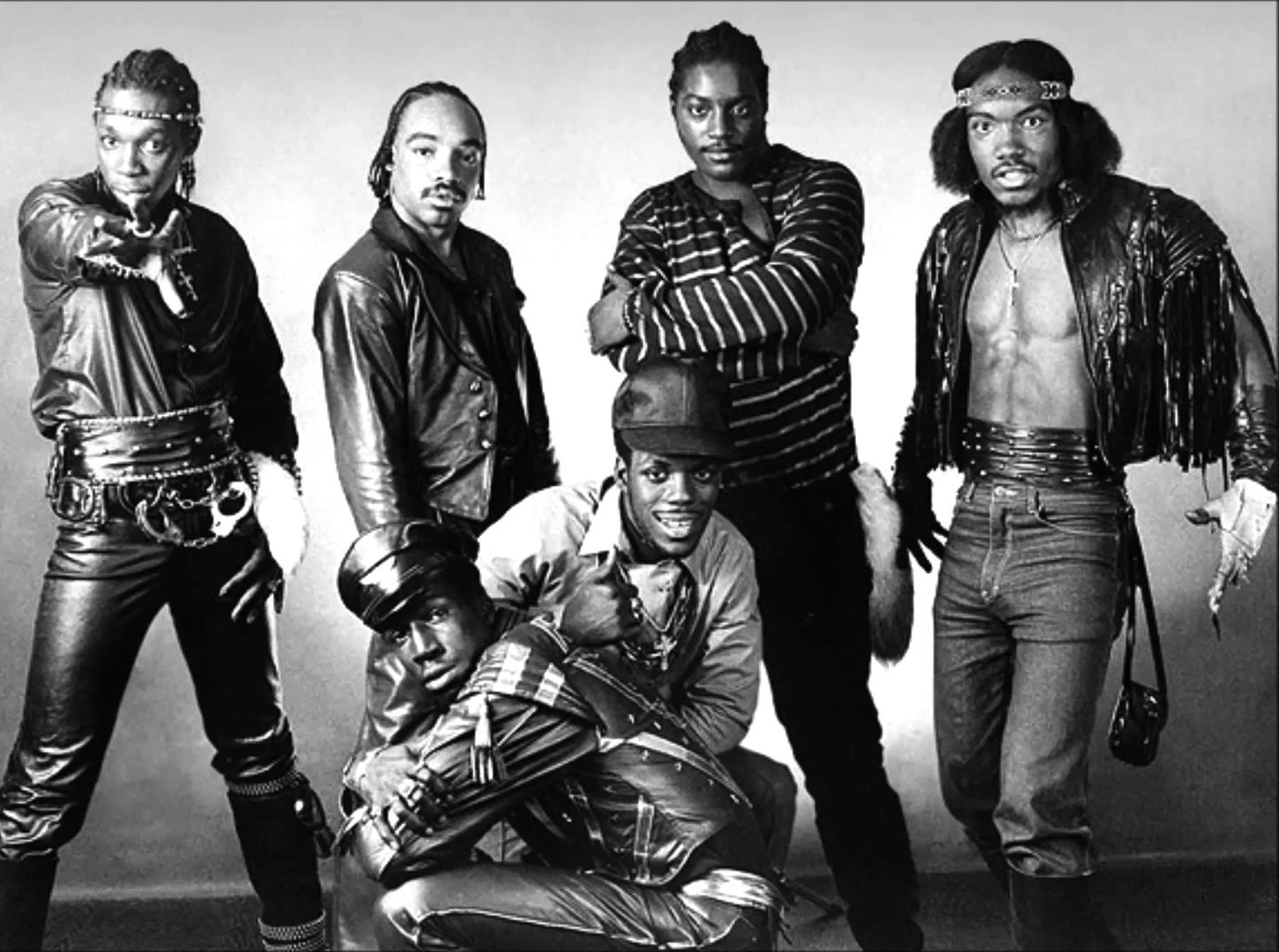On Tuesday, Kanye West announced that his forthcoming album Swish has been renamed Waves. In a series of tweets, Wiz Khalifa criticized the move, citing legendary Harlem rapper Max B for popularizing the “wave.” In response, Kanye unleashed an alarming, venomous Twitter rant that’s since been viewed over 400 million times. The only instance West let up? When discussing Khalifa’s pants.
“I went to look at your twitter and you were wearing cool pants,” West tweeted in the since-deleted fury. “I screen grabbed those pants and sent it to my style team #wizwearscoolpants,” West wrote, before adding, “I think you dress cool I wish I was skinny and tall.” West also outlines the reasons he is Khalifa’s “OG,” which included the claim: “8th I made it so we could wear tight jeans.”
West has never been shy about his trend setting. “Brought the leather jogging pants six years ago to Fendi and they said no — how many mother fuckers you done seen with a leather jogging pant?” he asked BBC 1’s Zane Lowe in a 2013 interview (when Jimmy Kimmel spoofed it, the late night host became the target of a West twitter rant, too). The arrival of West’s explosive 2004 debut album, The College Dropout, simultaneously marked a style turning point in rap fashion — a new guard of lyricists began trading their tall tees and baggy selvedge denim for tailored fits. But tight pants have a longer hip-hop history than the Louis Vuitton Don‘s arrival on the scene.
In 1982, Grandmaster Flash and the Furious Five released thier magnum opus, “The Message,” a funk-inflected single and pioneering track in hip-hop’s formation. The South Bronx-bred group had been an NYC street legend since its formation in the late 70s — a moment of style transition between the glam-rock mid 70s and athleisure 80s. Just like the burgeoning music genre they breathed life into, The Furious Five’s style was an exciting amalgamation: part glam drama, part biker gang (the leather clad Warriors arrived in 79), part 80s pop opulence. The clique kitted out their pants much like photographer Karlheinz Weinberger’s 60s rebel youth — with bold hardware, animal furs, and layered fringe adornments. Whether denim, leather, or suede, the Furious Five liked their trousers tight.
Though Queens hip-hop icons RUN DMC are perhaps most often pictured in triple stripe tracksuits, the hitmakers had a penchant for denim as well. “The story goes that there was a local community leader in Queens who began to label people wearing Levis and adidas Superstars as ‘felons,'” Jon Wexler, adidas’ Global Director of Entertainment and Influencer Marketing, told me in an recent interview. “RUN DMC made a very clear decision to dress the way they did in response to that. They decided to flip that entire mentality and move style from an extension of the glam or disco vibe to the types of clothes they were actually wearing and reposition them as signs of positivity.” The clothes they were actually wearing were boxy bomber jackets, pristine shell toes, and snug denim.
But both of these founding groups were born on New York’s streets. As the 90s approached, hip-hop’s sounds and styles began to shift with the rise of west coast gangsta rap. As NWA and the Death Row Records roster gained immense popularity far outside of SoCal, the region’s penchant for boxy workwear began to eclipse tailored tracksuits (think Tupac’s Thug Life Dickies or Karl Kani campaigns). Eventually, svelte skinny styles gave way to saggy, oversized denim. Kriss Kross went low, 50 Cent went lower.
Save iconoclastic style makers like Pharrell or Outkast’s Andre3000, West is right to contend that he made tight denim ubiquitous emerging from the days of Dem Franchize Boys and their long, white tees. West’s fearless approach to fashion has certainly paved the way for other mainstream rappers to experiment more fluidly with shaping their own style. But — as he doubtlessly knows — West’s skinny, shredded styles do have historical musical precedent: in hardcore punk, certainly, but in hip-hop, too.
Credits
Text Emily Manning
Image via YouTube
